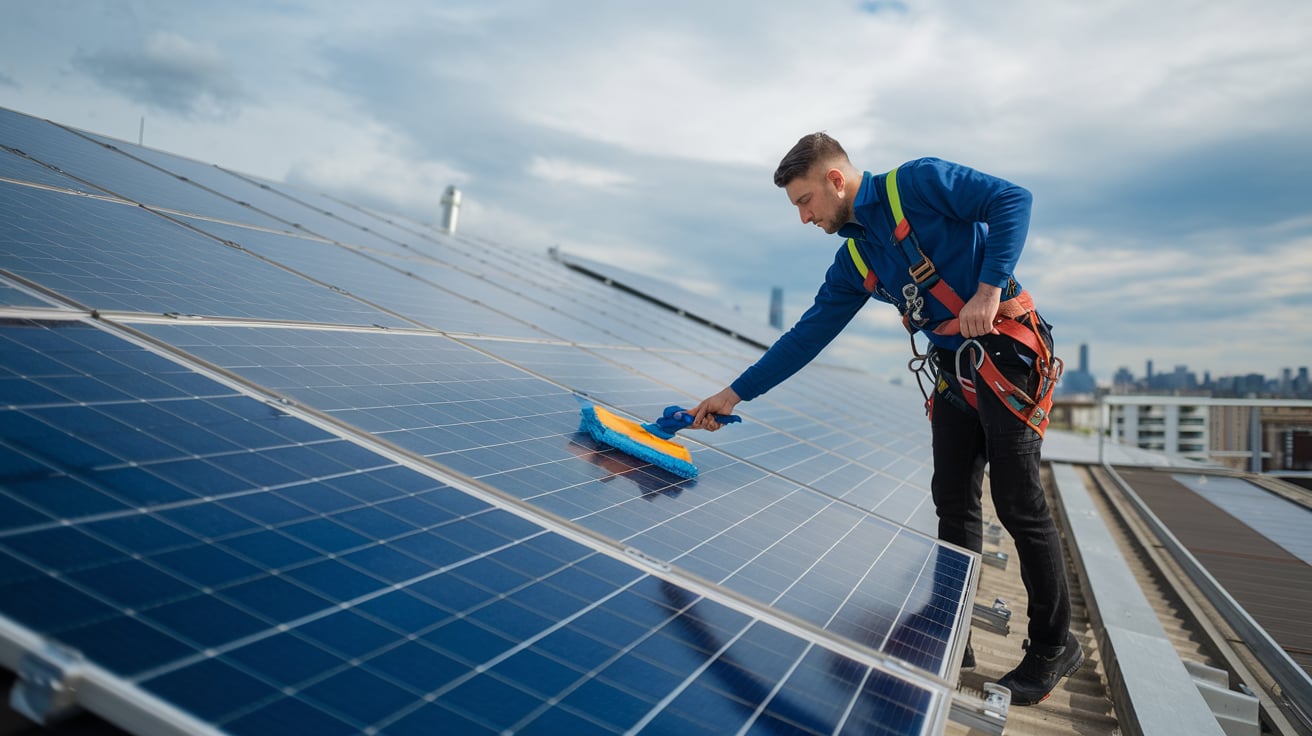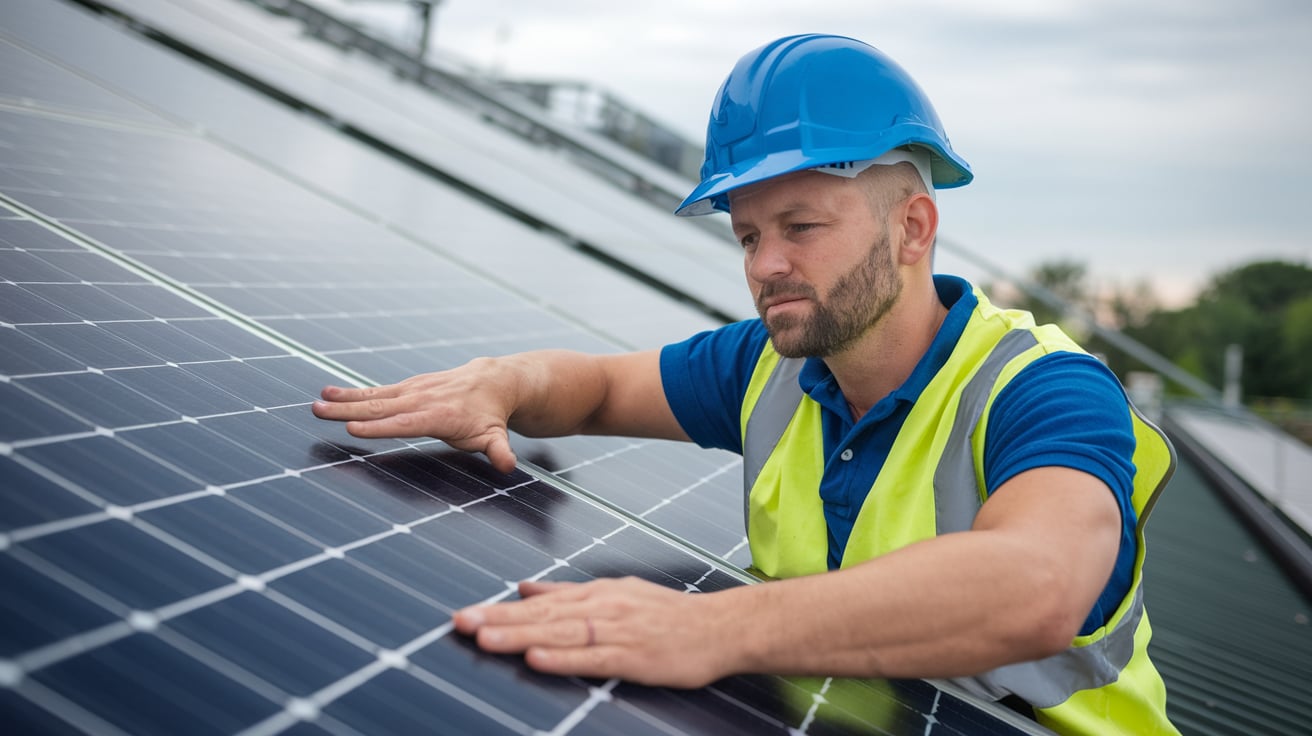



Solar Matrix is a leading provider of solar energy solutions, dedicated to transforming how homes and businesses harness and utilize renewable energy. Founded in [Year], we have been at the forefront of the solar revolution, committed to sustainability and innovation.
Evaluating the location’s sun exposure, roof angle, and shading to ensure optimal panel placement and maximum energy production.


Site assessment is a vital step in solar panel installation, focusing on evaluating sunlight exposure, roof condition, and space availability. It involves measuring solar irradiance levels and identifying potential shading from nearby structures. Additionally, the existing electrical infrastructure is reviewed to ensure compatibility with the solar system. Local regulations and permitting requirements are examined to ensure compliance, while environmental and climatic factors are considered to optimize performance. This thorough assessment helps design an effective solar system tailored to the specific needs of the location.
Sunlight Exposure Evaluation: Analyze solar irradiance levels and identify potential shading from trees or buildings to ensure optimal panel placement for maximum energy production.
Roof Condition and Orientation: Assess the roof’s structural integrity, orientation, and tilt angle to determine suitability for solar panel installation and to maximize sunlight capture.
Space Availability: Measure the available area for installation, deciding between rooftop or ground-mounted systems, while ensuring there is enough space to accommodate the desired solar array.
Electrical Infrastructure Review: Examine the existing electrical system to confirm it can handle the additional load from the solar energy system, including identifying the best interconnection point.
Regulatory and Environmental Considerations: Research local zoning laws, building codes, and necessary permits, along with assessing environmental factors that may affect installation and performance.

Evaluate the amount of sunlight the site receives and identify any potential shading from nearby structures to optimize panel placement.
Assess the roof’s condition, orientation, and angle to ensure it can support solar panels and maximize energy capture.
Measure the available installation area to determine whether to use rooftop or ground-mounted solar panels, ensuring adequate space for the system.
Inspect the existing electrical infrastructure to ensure compatibility with the solar system and determine the best connection point.
Research local zoning laws, building codes, and permit requirements to ensure the installation adheres to all regulations.
Analyze local climatic and environmental factors that may impact solar panel performance, including weather patterns and site characteristics.
WhatsApp us